Intense Effects On Appetite And Body Image Throughout The Menstrual Cycle
Women never talk about the effects on appetite and body image caused during the menstrual cycle. Do they? Even on thinking of the menstrual cycle, one has visuals of bloodstains, cramps, and a lot of embarrassment that’s it. But one month of the menstrual cycle is way much more than that. It says so much about the way you eat, the way you work, and the way you are around people. A woman’s body goes through four phases of the menstrual cycle to get it ready for a possible pregnancy. In this article, we are going to read about those hormones that intensely affect appetite and body image. Though hormonal change is a roller coaster which impacts the emotional and physical behavior equally. But here, the focus is completely on changing appetite and body image.
Effects On Appetite And Body Image In Each Phase
The four phases of the menstrual cycle are:
- Menstrual Phase
- Follicular Phase
- Ovulation Phase
- Luteal Phase
The level of hormones differs in each phase and so does the appetite and body image.
Also Read: Myths of PCOS
Menstrual Phase
The menstrual phase is the first phase when the period week starts. On average, a menstrual phase lasts for five days.
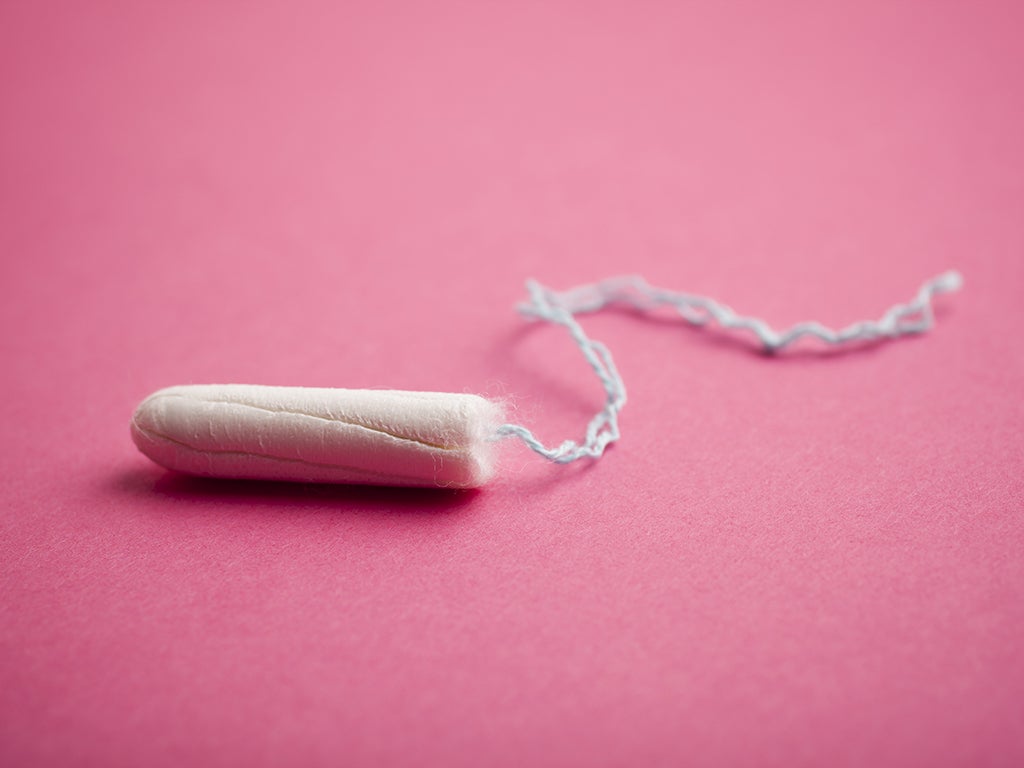
This phase kick starts when the egg from the previous cycle doesn’t get fertilized. And the thickened lining of the uterus flows away with the blood and mucus, as the pregnancy did not happen.
In this phase, estrogen and progesterone are low in numbers as the periods start. As days pass and the follicular phase comes closer estrogen drops a bit more. In this way along with the low appetite other changes such as fatigue, cramps, low back pain, dark circles, and acne comes in effect.
Now, low appetite is likely but not a good change. Because during the periods if your body will not get the necessary nutrients, it wouldn’t be helping you in the long run i.e. during the pregnancy.
Did you know?
On average, a woman has more than 400 periods in her lifetime.
To solve this problem eating less but healthy can help. Fibrous food such as beetroot is the must food supplement that your body needs in this phase. However, as per your mood and taste, you can add some other.
Follicular Phase
As the menstrual cycle is a cycle it kind of overlaps during the change in phases. Thus, the follicular phase overlaps with the menstrual phase when it starts and with the ovulation when it ends. Although, the number of days can vary from woman to woman. The follicular phase lasts about 15 days.
In this phase, several follicles are produced by the ovaries. To do so woman body releases the Follicle-stimulating hormone. One of these follicles is helped by estrogen to contain mature egg. While other follicles are reabsorbed into the body. Here estrogen plays a very important part as it increases. It creates an embryo friendly environment by thickening the lining of the uterus.
And, if we talk about appetite that goes as low as it is in the previous few days of the cycle. That is due to a surge in estrogen (appetite suppressant). Including low intake of food tiredness, and lack of interest in doing anything are the most common effects of hormones in this phase.
Ovulation Phase
Ovulation starts right after the follicular phase. This phase comes in the middle of the menstrual cycle. The luteinizing hormone released by the pituitary gland helps ovaries to produce a mature egg. Then the mature egg travels down into the fallopian tube so that it can get fertilized with sperm.
If the egg does not get fertilized it passes through the uterus and disintegrates. The mucus which almost looks like egg white helps the egg to dissolve and flush it away through the uterus. This is why white discharge is common in almost every woman. And, this cheesy discharge is normal as long as it does not cause pain or changes its color. But if it does so then discomfort and irritation increases. Thus, consulting a gynecologist would be the right choice.
Now, as soon as the egg disintegrates the hormones start to act normal. And thus the luteal phase starts.
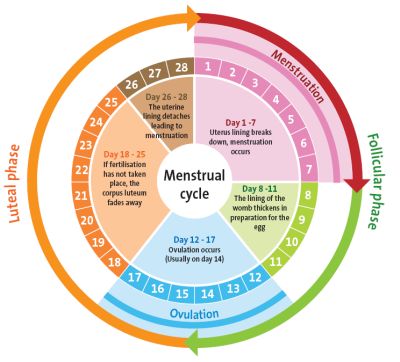
Luteal Phase
It is also called as the pre-menstrual phase. This phase is the indication that pregnancy did not occur. It happens when the mature egg gets dissolved and the thick lining of uterus shrinks. Gradually, estrogen decreases, and the body starts to produce more progesterone.
Various researchers have found that in this phase women start to over-eat or binge-eat. They eat disorderly and think a lot about their body. The most common effects of hormones include bloating, body dissatisfaction, anxiety, sleeplessness, headache, and mood swings. All these effects of hormones are generally known as premenstrual syndrome (PMS).
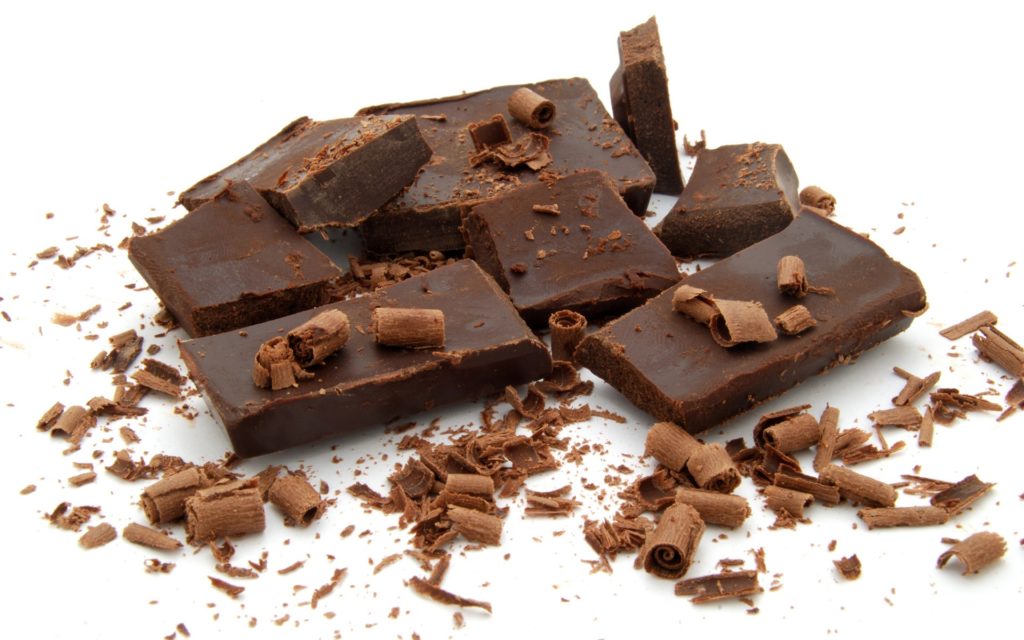
Now as we know how hormones play a vital role throughout the menstrual cycle. What you all need to do is follow a balanced diet in which adding fibers, nuts, citric fruits, and chocolate can always work wonders. And to overcome the premenstrual syndrome make yoga an integral part of your daily routine. Doing a heavyweight workout is always not possible to continue due to the menstrual phase. But as long you struggle with skipping your workout due to periods, yoga is never a bad choice.
Thus try these tips to have a healthy menstrual cycle. And let us know in the comment box if you want us to write more about hormonal effects during the menstrual cycle.

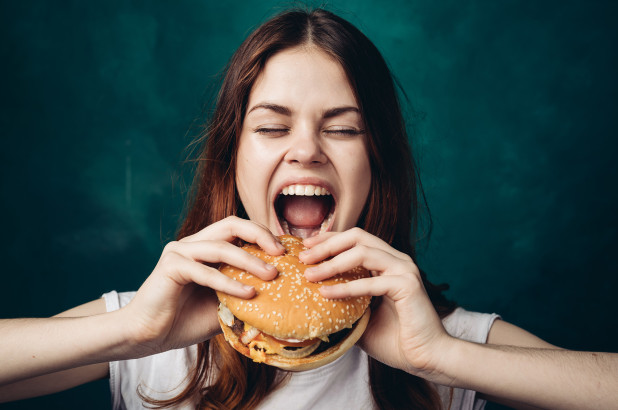


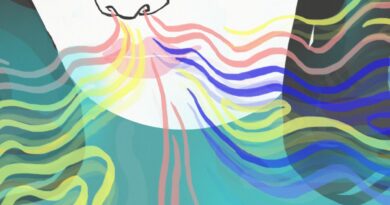
Such a well articulated and informative article!
Thanks for sharing your views.
Pingback: Tampon Myths - Busted!!! - WarPaint Journal
Pingback: Indian Women Are Constantly Made To Feel Guilty About Normal Things